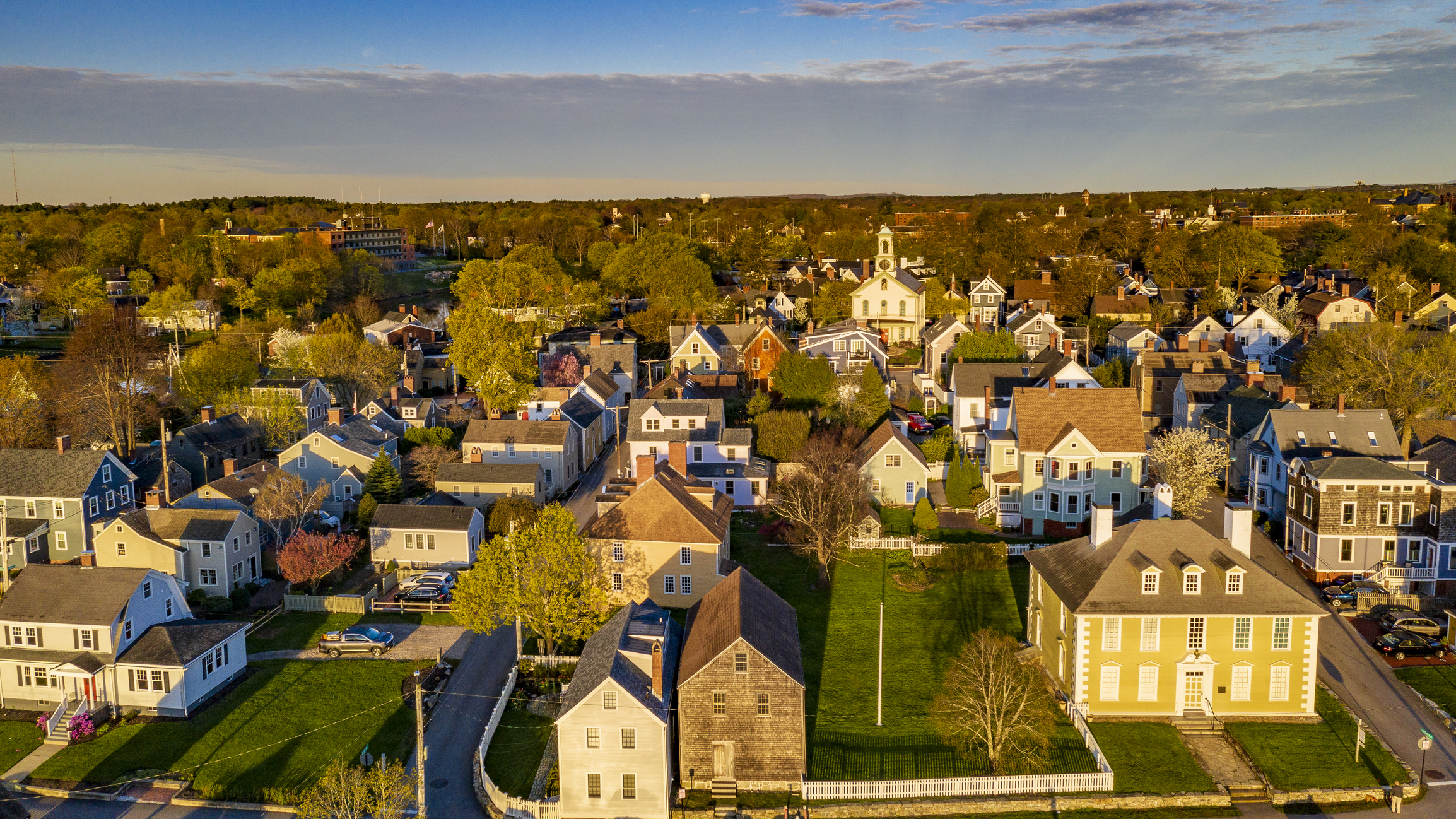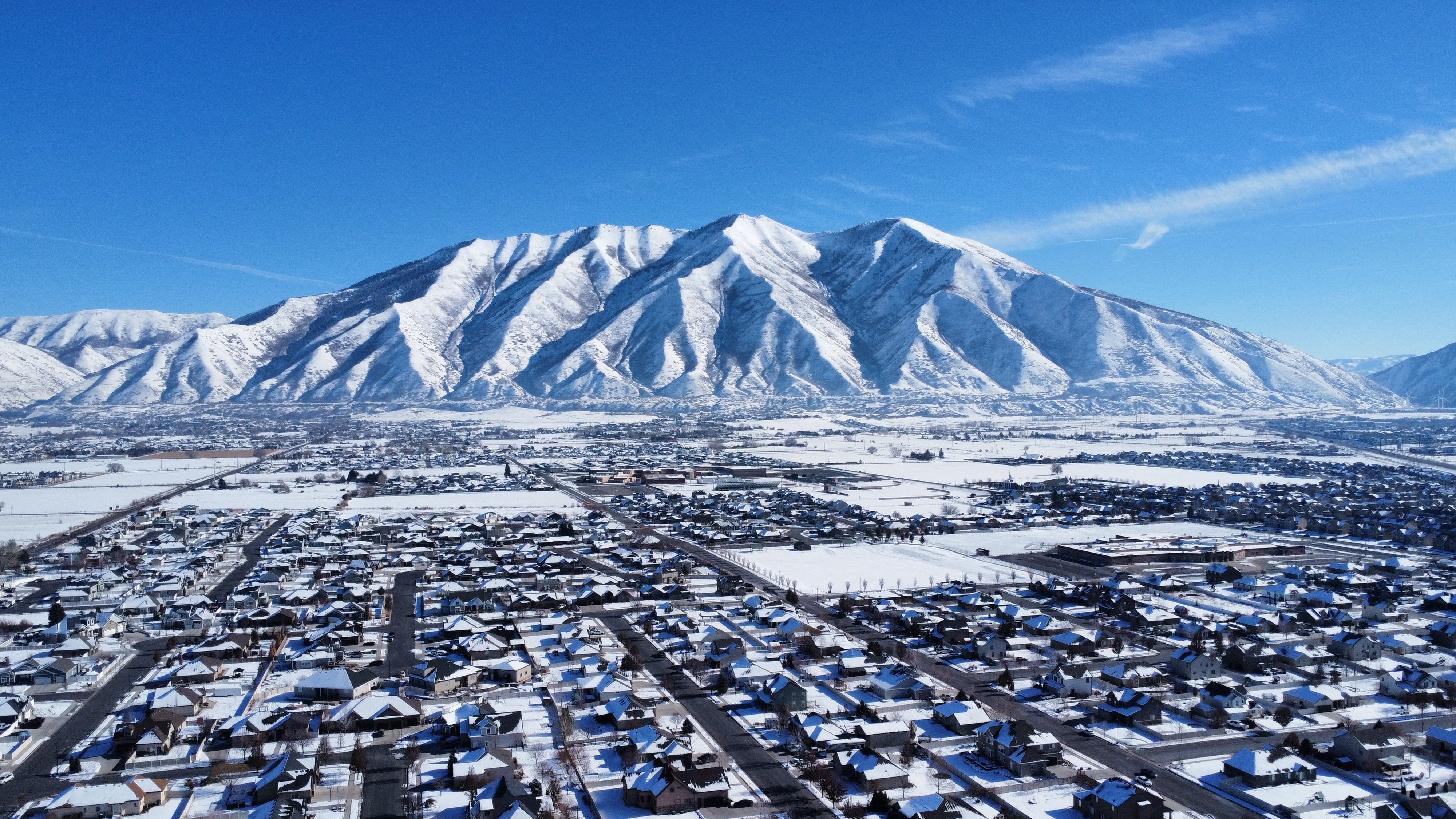
Expectant parents have plenty of decisions to worry over as they prepare to welcome a new little one: What will the baby eat? Where will the baby sleep? Who will care for the baby all day? Who will earn the income needed to keep a roof over your heads?
Moving to another state — or even just around the corner — isn’t usually in the cards for families anticipating such a huge transition in their lives. But it can be helpful to know where your state stands when it comes to meeting the needs of families with newborns.
Though factors like where you work and proximity to family will have the biggest effect on which state you decide to call home, knowing how the numbers stack up in different places when it comes to baby-related measures can also help your family plan for your future.
WalletHub has just published its 2023 list of the Best and Worst States to Have a Baby. States were ranked in each of the following categories: cost, including the costs of both childbirth and early child care; health care, including rates of infant and child mortality, postpartum depression and the numbers of OB-GYNs, midwives and fertility clinics per capita; baby-friendliness, including parental leave policies and share of nationally accredited child care centers; and family-friendliness, with scores from this year’s WalletHub list of the Best and Worst States to Raise a Family.
The top 10 states overall have a few things in common, such as most being in the country’s northern half and having adopted the Medicaid expansion, which has been linked to a decrease in maternal and infant mortality rates.
The top-ranked states are, in order:
1. Massachusetts

2. Minnesota

3. Vermont

4. Rhode Island

5. North Dakota

6. New Hampshire

7. Iowa

8. Utah

9. Connecticut

10. Washington

Different factors brought these states to their high ranking. Massachusetts, for example, offers 12 weeks of paid family leave to care for a new child and ranks high in baby-friendliness. It also ranks second in health care (Vermont ranks first). Massachusetts’ universal health care, enacted in 2006, was inspiration for President Barack Obama’s Affordable Care Act.
“Massachusetts scores the highest for family leave policies and has one of the best health care systems in America, but medical costs are sky high,” WalletHub analyst Jill Gonzalez told HuffPost.
“It is among the most expensive states in which to have a baby, with an average cost of $19,631 for a cesarean delivery.”
However, in Massachusetts and the other 40 states (and the District of Columbia) that have adopted Medicaid expansion, there is some relief from these costs, “particularly for low-income and vulnerable populations,” Gonzalez explained. Such coverage offers Medicaid recipients “access to necessary medical services, preventive care, prescription medications and specialist visits that they might have otherwise struggled to afford.”
D.C. ranked first in baby-friendliness but didn’t make the top 10 overall, coming in 40th for health care.
“Massachusetts, D.C. and Washington score the highest in terms of parental leave policies,” Gonzalez said. “More progressive states tend to offer benefits such as longer duration, better compensation and job security after time off.”
Two other top 10 states, North Dakota (5) and New Hampshire (6), ranked high in family-friendliness as well as cost but low in baby-friendliness (24th and 40th).
The bottom-ranking states overall were almost entirely in the South. Five are among the minority of states that haven’t adopted the Medicaid expansion.
The bottom-ranked states are:
42. Florida
43. Nevada
44. Oklahoma
45. Arkansas
46. Georgia
47. West Virginia
48. Louisiana
49. South Carolina
50. Alabama
51. Mississippi
“The state which ranked last, Mississippi, has one of the lowest numbers of pediatricians, family medicine physicians, nurse midwives and obstetricians-gynecologists in America, but its residents only pay $5,286 annually for early child care,” Gonzalez noted. Child care costs were highest in states like Connecticut and Massachusetts, which also ranked in the top five for OB-GYNs and midwives per capita.
“There is a real sense of ‘you get what you pay for,’” she said.
Weighing competing priorities like health care and child care can put families in a real bind.
“Two good examples for states with a high number of health care professionals and low-cost medical care are New Hampshire and Iowa. However, they sit at the bottom of our rankings for baby-friendliness with some of the lowest birth rates in the nation,” Gonzalez said.
If you’re expecting or planning for a new baby, whether or not you’re weighing a move across state lines, here are some things to take into consideration.
Potential Health Care Costs

Whether you’re covered by Medicaid or an employer, it’s helpful to understand what your benefits cover and what your expected costs will be.
“Review your health insurance coverage, and make sure it meets the medical needs of your family, whether they’re specialist visits, prescriptions or other services. Regular check-ups, vaccinations and general preventive care can potentially save families costly medical expenses in the future,” Gonzalez said.
She also recommended that families take advantage of employer benefits such as a health savings account (HSA), which will allow you to set aside pre-tax dollars to cover eligible medical expenses. For example, if you know you are going to need to pay $3,000 for your hospital delivery, you can have that money taken out of your paycheck before taxes in smaller installments.
If your family is eligible for Medicaid, you should also make sure to enroll, as it will give you significant savings.
Sinking Funds

When it comes to predicted expenses, such as the cost of childbirth or money you will need to get by while you’re on unpaid parental leave, Rita-Soledad Fernández Paulino, a financial advisor and founder of Wealth Para Todos, told HuffPost that she recommends families set up a “sinking fund,” which she defines as “savings for expected upcoming expenses.” (As opposed to an emergency fund, which would be for unexpected ones.)
For example, Fernández Paulino had a client who wanted to increase her income and get pregnant. This client created a sinking fund to cover her anticipated medical expenses and co-payments. She also studied her and her husband’s health coverage to understand what the policies would and would not cover and what the maximum out-of-pocket fees were. Funds can be set aside in a basic savings account.
Single mothers she has worked with have established sinking funds for postpartum support, such as a lactation consultant.
“Paid” Leave May Mean Different Things

It may also be necessary to set up a sinking fund to supplement your income while you take leave to care for your new child. Some employers may pay you your full salary while you are on leave. Others won’t pay you anything at all.
In Massachusetts, which has one of the best parental leave policies in the nation, the amount of pay that a person receives is calculated using their own average weekly wage and the state average weekly wage. (For 2023, weekly payments are capped at $1,129.82.)
Self-Care

The assumption is that parents (and particularly mothers) will sacrifice all of their finances, time and energy in order to care for their children. And though it’s true that having kids requires some sacrifice, financial and otherwise, Fernández Paulino strongly believes that such martyrdom is damaging to parents and families in the long run.
“I can always tell when someone has a budget that isn’t sustainable when they do not have proactive self-care expenses listed,” she said. In these cases, she predicts burnout.
Parents-to-be may think that something like going to the gym is a luxury, but Fernández Paulino believes otherwise. She calls it “a form of physical self-care” that should be prioritized like any other need.
The best time to set aside resources for self-care, and to plan in general, is before you’re actually expecting.
“When you have less time, when you have less energy, it impacts your bandwidth. To even sit down and review your spending and budget ― setting up automatic transfers to a savings account ― that sounds really nice, but it’s horrible when you’re sleep-deprived,” Fernández Paulino said.
If you’re in a partnership, communication is key when setting up this budget — and it shouldn’t be a one-time event, either.
“My husband and I, we have money dates to discuss our finances and what our self-care spending plan is for the upcoming week,” she said.
Community Concerns

There are many factors that families need to weigh when they consider where they want to live and their budget. It might make sense to move to a state where the cost of child care is high if you’ll be near family members who can pitch in to help you care for your children while you work. Or perhaps moving to a state without paid leave makes sense given your company’s benefits.
Other concerns run deeper than your bank balance. If members of your family identify as BIPOC, you may hesitate to move into a majority-white area. Likewise, if someone in your family is transgender, they face a lack of health care in a growing number of states, as well as potential hostility.
Finally, remember that having a child roots you in a community to a much deeper extent. Funding for public amenities such as parks and pools means more, as does physical safety. Even if you’ve figured out how to afford your own rent, high housing costs might mean more unhoused people in your community — some of them classmates at your children’s school.
“We’ve got to think not just about our own personal finances but then that of the community,” Fernández Paulino said.
This article originally appeared on HuffPost.
